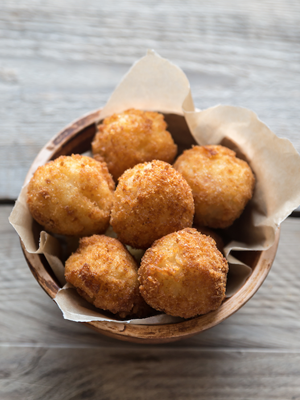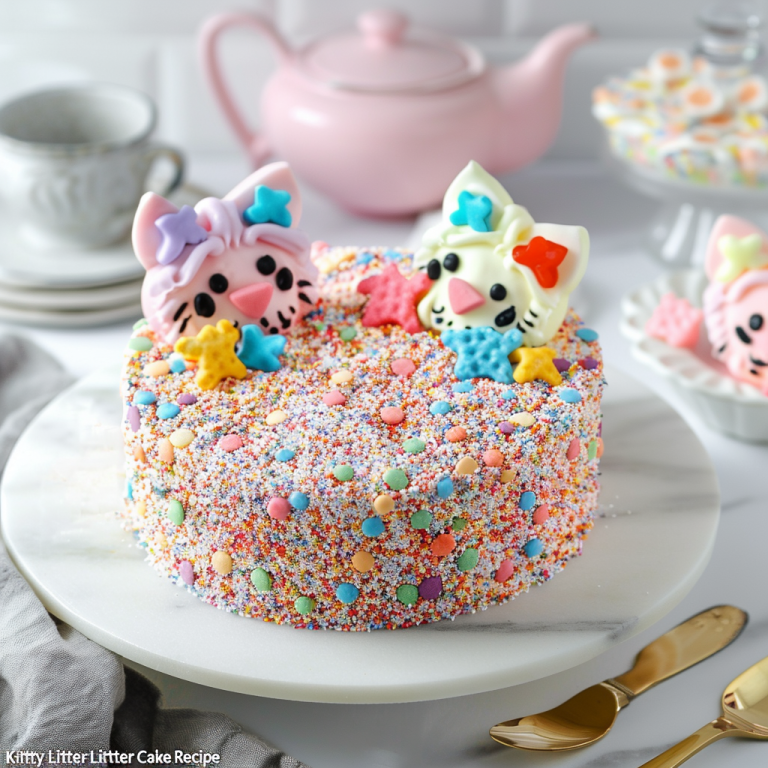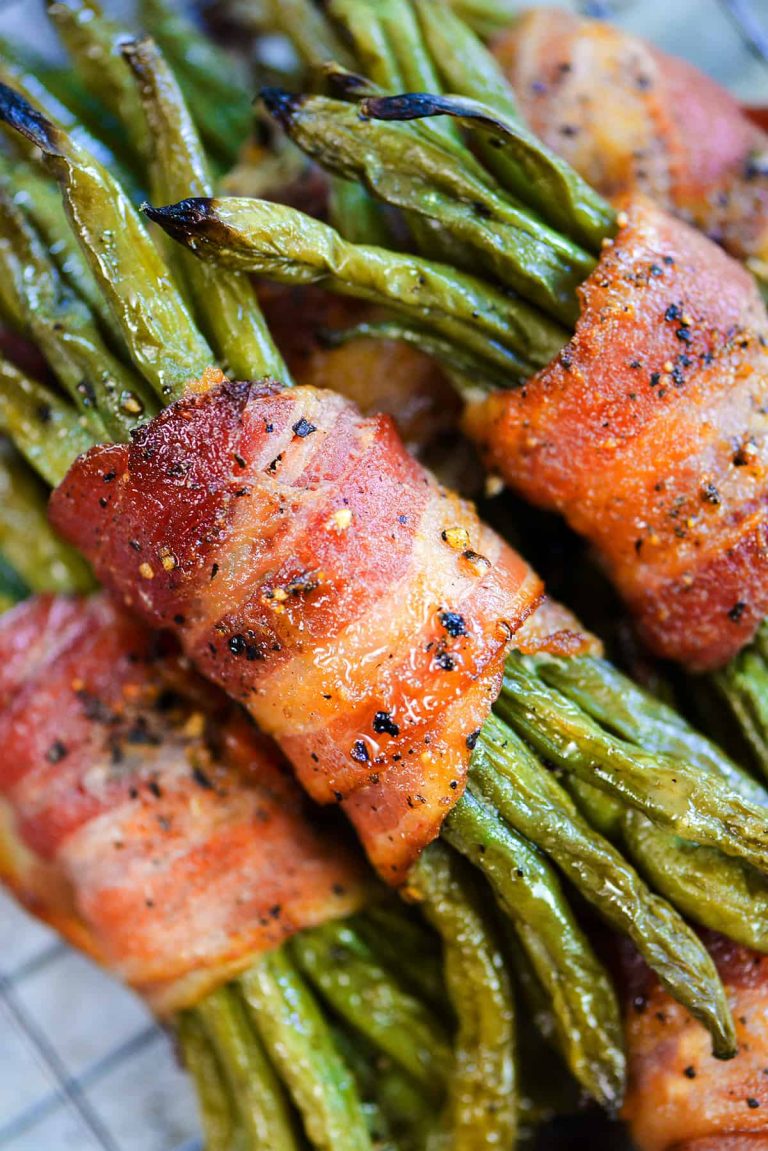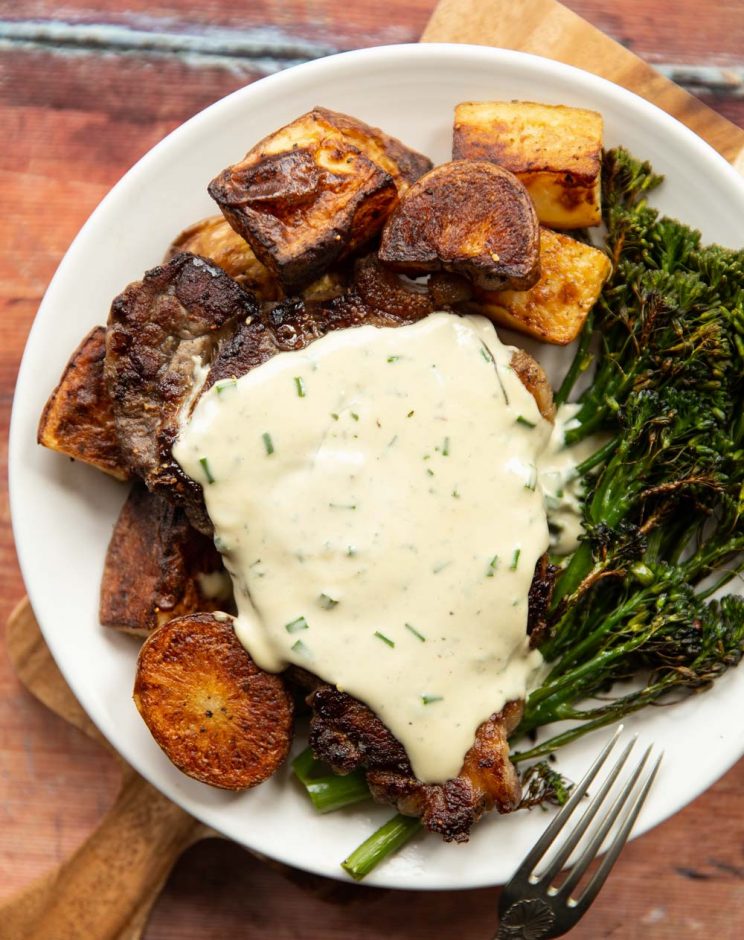Deep Fried Butter: A Decadent Fair Treat and Its Surprising Health Implications
Deep fried butter originated in the United States, primarily linked to the State Fair of Texas in 2009. Abel Gonzales Jr., a renowned concessionaire, introduced this innovative treat to surprise and delight attendees. His creation quickly gained attention, thanks to its unique combination of textures and flavors. Gonzales is famous for developing various deep-fried delicacies, but deep-fried butter became his standout contribution to the fair’s culinary offerings.
Where Is Deep Fried Butter Most Popular?
Deep fried butter is most popular at state fairs and carnivals across the United States. The State Fair of Texas remains a significant hub, but others like the Iowa State Fair and the Indiana State Fair also feature this indulgent treat. These events celebrate culinary creativity, prompting ongoing innovations in deep-fried cuisine. Additionally, food festivals and special events sometimes include deep-fried butter to attract adventurous eaters. The treat symbolizes the eclectic and extravagant nature of fair food, appealing to thrill-seekers and food enthusiasts alike.
What Exactly Is Deep Fried Butter?
Ingredients and Preparation
Deep-fried butter involves simple but rich ingredients. Primary components include butter, batter, and cooking oil. Butter chunks get dipped in either a sweet or savory batter before being deep-fried. The batter typically contains flour, eggs, milk, and a leavening agent. For enhanced flavors, some recipes add sugar, vanilla extract, or savory spices.
Preparation starts by chilling the butter to keep it firm. Once ready, you’ll coat the butter pieces in the batter, ensuring an even layer. In hot oil, the battered butter deep-fries for around 2-3 minutes until golden brown. The result offers a crispy exterior and a molten, buttery interior. It’s usually served immediately, often dusted with powdered sugar if sweet or paired with dips if savory.
Variations Across Different Regions
Regional variations of deep-fried butter highlight diverse culinary creativity. At the Texas State Fair, the original version features a sweet, airy batter. Some states, like Iowa, have introduced flavored butters such as garlic, herb, or honey for a distinct twist.
In contrast, locations like Indiana focus on alternative presentations. They offer deep-fried butter balls or sticks, occasionally adding coatings like crushed cookies or nuts. Different regions also experiment with frying techniques or integrating local ingredients to cater to specific tastes.
By exploring these regional differences, you’ll find a gamut of flavors and textures in this unique fair food, reflecting both tradition and innovation.
Health Implications of Consuming Deep Fried Butter
Nutritional Components
Understanding deep-fried butter begins with examining its nutritional components. Primarily, deep-fried butter consists of butter, batter, and oil. Butter, rich in fats, contains around 102 calories and 12 grams of fat per tablespoon. When combined with a batter made from flour, eggs, and milk, the calorie count rises. Deep-fried in oil, usually canola or vegetable, further increases saturated fat content and calories. On average, a single serving of deep-fried butter may contain 300-400 calories with significant amounts of saturated fats and cholesterol.
Potential Health Risks
Consuming deep-fried butter presents potential health risks. The high calorie and fat content contribute to weight gain and obesity, particularly when combined with a sedentary lifestyle. Saturated fats increase LDL cholesterol levels, elevating the risk of heart disease. Regular consumption can lead to high blood pressure and metabolic disorders. Additionally, the frying process creates acrylamide, a compound linked to cancer when consumed in large quantities. Balancing indulgent treats like deep-fried butter with a nutritious diet and active lifestyle helps mitigate these health risks.
Culinary Context and Serving Suggestions
How Is Deep Fried Butter Served?
Deep-fried butter usually comes in bite-sized balls or sticks. Vendors often coat these pieces in a batter before frying. After frying, vendors commonly dust it with powdered sugar or cinnamon for added flavor. Some booths provide dipping sauces, like chocolate or caramel, to enhance the taste further. The crispy exterior and the melting butter interior create a rich textural contrast that delights many fair-goers.
Occasions And Events Featuring Deep Fried Butter
State fairs, carnivals, and food festivals often feature deep-fried butter. These events celebrate unconventional and decadent treats, making deep-fried butter a popular choice. The State Fair of Texas first introduced this dish in 2009, setting a trend that other fairs quickly followed. You might also find it at themed events, food trucks, or special culinary festivals dedicated to unique fried foods.
Public and Critical Reception
Consumer Opinions
Deep-fried butter evokes a mix of fascination and skepticism among consumers. Many attendees at state fairs and carnivals seek out this unique treat, drawn by its novelty and the promise of indulgent flavors. You might find long lines at stalls selling deep-fried butter, indicating its popularity. Some consumers rave about its rich taste and unexpected texture, while others express concern over its excessive decadence. Social media platforms like Instagram and Twitter are filled with posts where users share their experiences, often accompanied by photos and videos. Hashtags such as #DeepFriedButter and #FairFood highlight numerous positive reviews and moments of indulgence.
Critic Reviews and Media Coverage
Food critics and media outlets have given deep-fried butter varied reviews. Renowned magazines like Bon Appétit and The New York Times have covered the treat, often focusing on its novelty and shock value. Some food critics praise the innovative approach to fair food, though they caution about its high calorie content and potential health implications. Popular TV shows like State Fair Foods and Carnival Eats have featured deep-fried butter, adding to its media presence. While some journalists commend the creativity, others highlight the health risks associated with frequent consumption, reinforcing the need for moderation.
Conclusion
Deep-fried butter is a fascinating culinary creation that continues to captivate and divide opinion. While it’s a delight for those seeking a unique indulgence, it’s crucial to remain mindful of its health implications. Moderation is key when enjoying such a decadent treat. Whether you’re a fan or a skeptic, there’s no denying that deep-fried butter has made a significant impact on American food culture. So next time you’re at a state fair, you might just find yourself tempted to give it a try.






